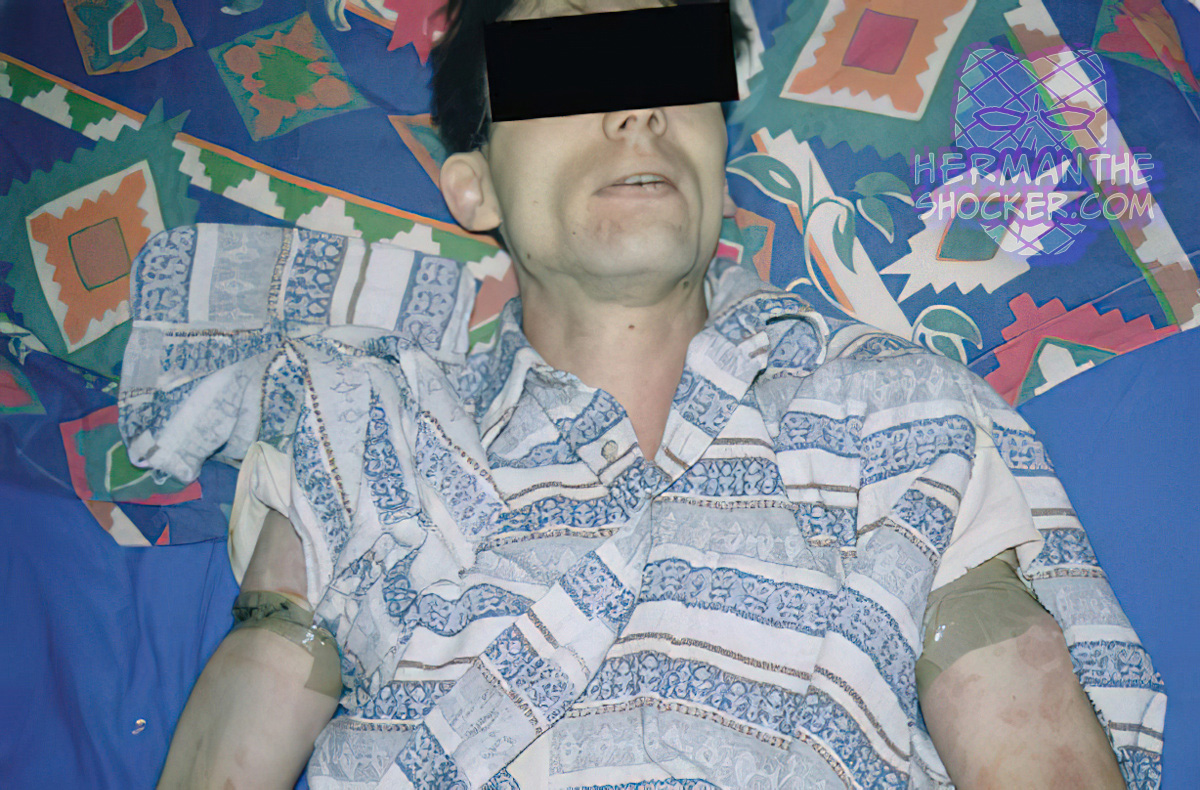Fatalities caused by electrocution often lack specific morphologic evidence. Investigation of the death scene together with technical inspection of the electrical apparatus may help to clarify the cause and manner of death. Cutaneous current marks may be the only sign of low-voltage-associated fatalities. Often, a professional such as an electrician may use electric power to commit suicide. This fact is stressed by published case reports. Electrodes (coins, metal pieces) can be fixed with adhesive tape at the height of the heart to the front and back of the left side of the chest, on each wrist or arm, or on one finger of each hand. In at least two published cases, a timer was used. Autopsy reveals blackish linear marks on the skin, tissue, and muscles under the cutaneous current marks. Current-related and heat-related changes, such as hypercontraction muscle bands and coagulative changes of the peripheral nerves, can be found on histologic examination.
Latest posts









